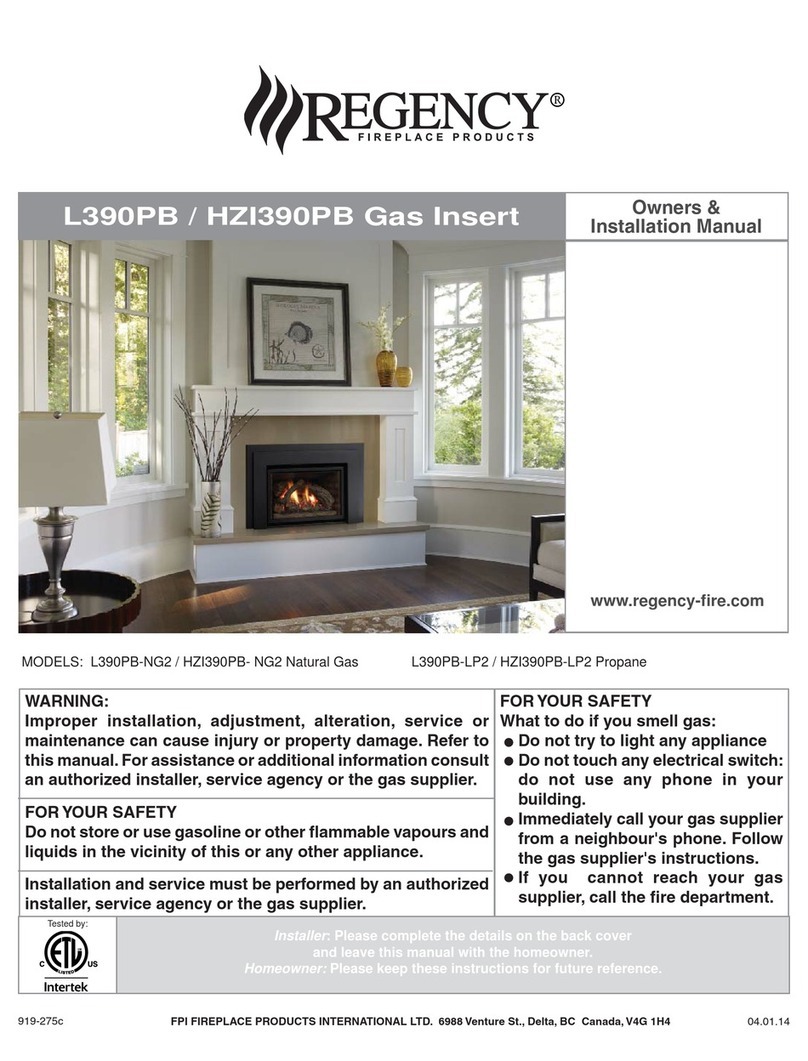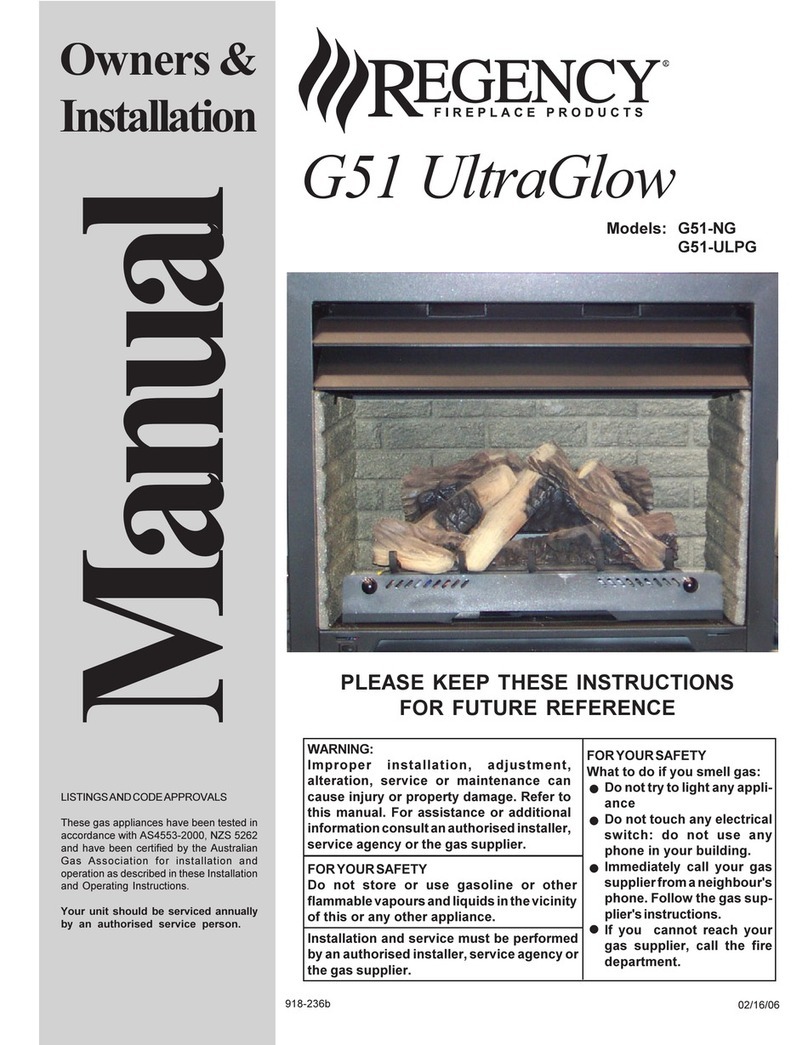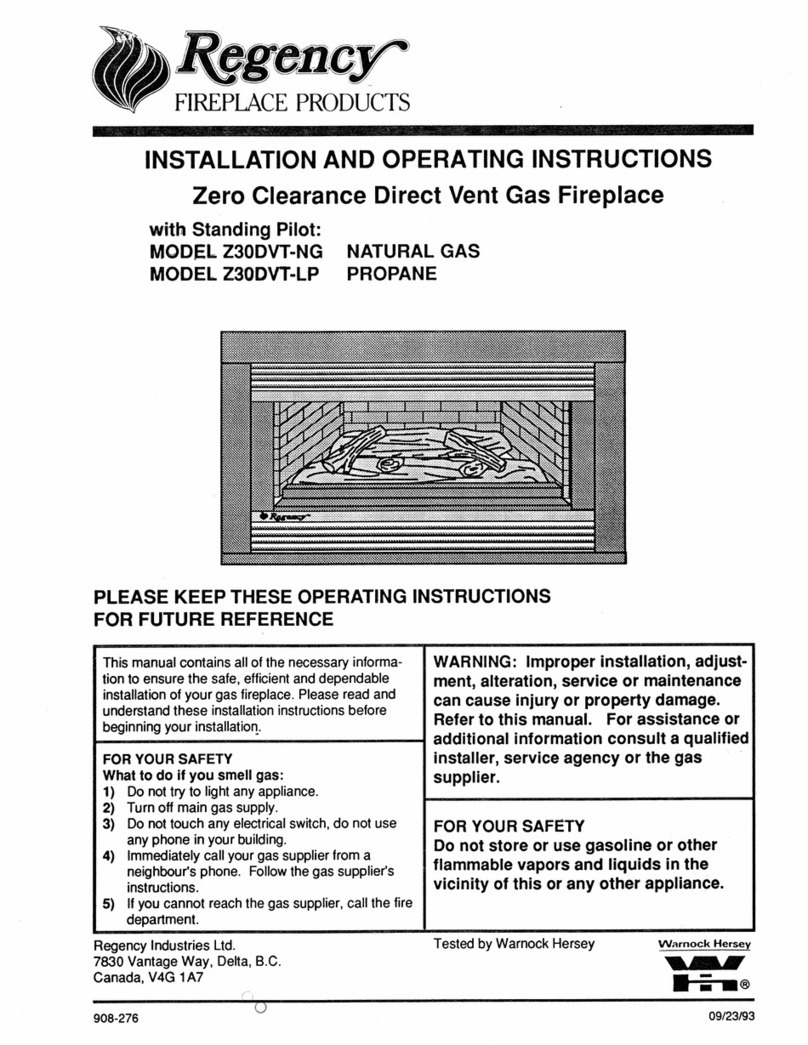Regency Bellerive I200B Quick start guide
Other Regency Indoor Fireplace manuals
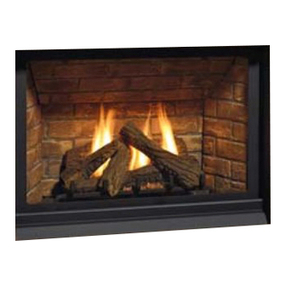
Regency
Regency P33CE-NG Quick start guide
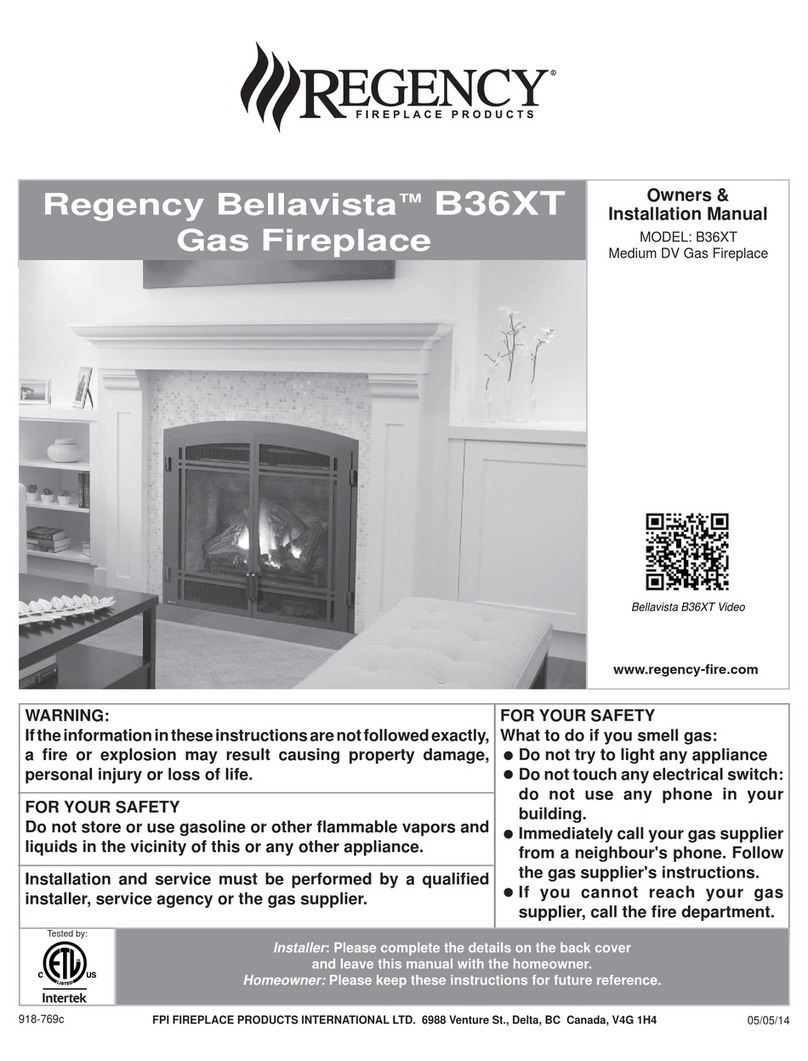
Regency
Regency B36XT Bellavista Quick start guide
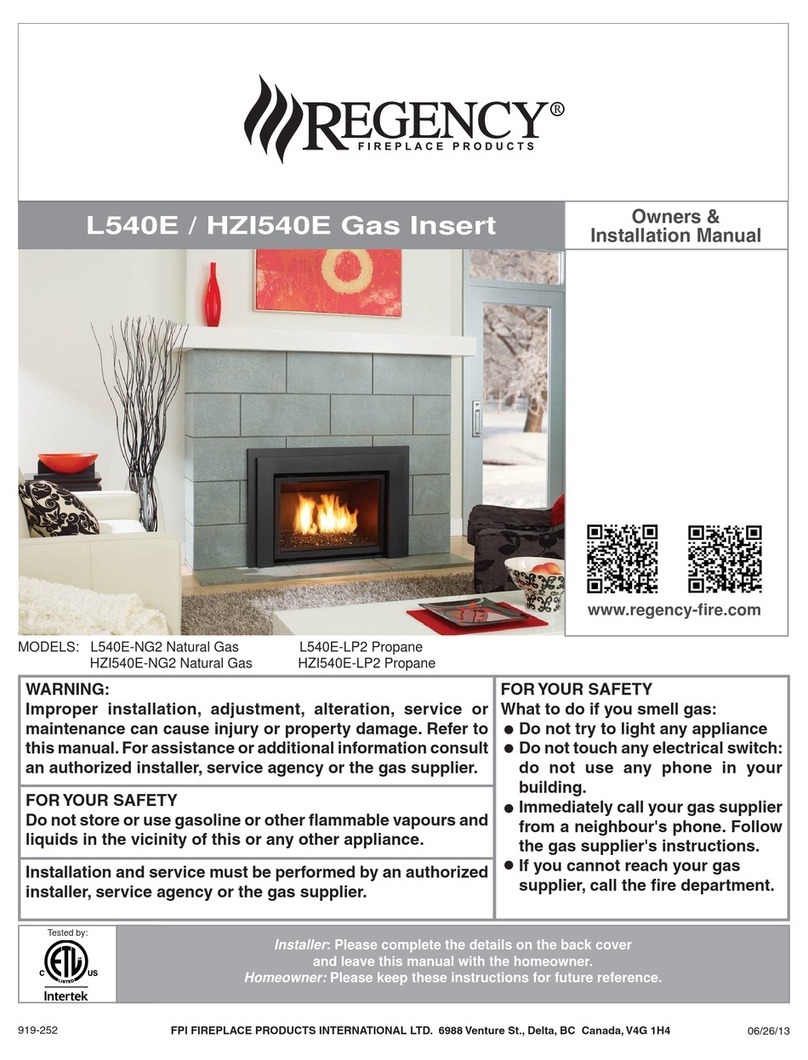
Regency
Regency L540E Quick start guide
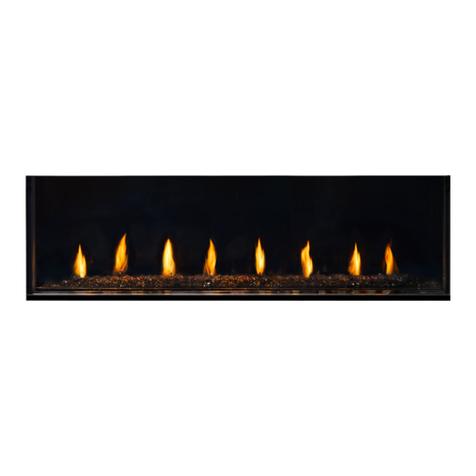
Regency
Regency City CV60E-1 Quick start guide
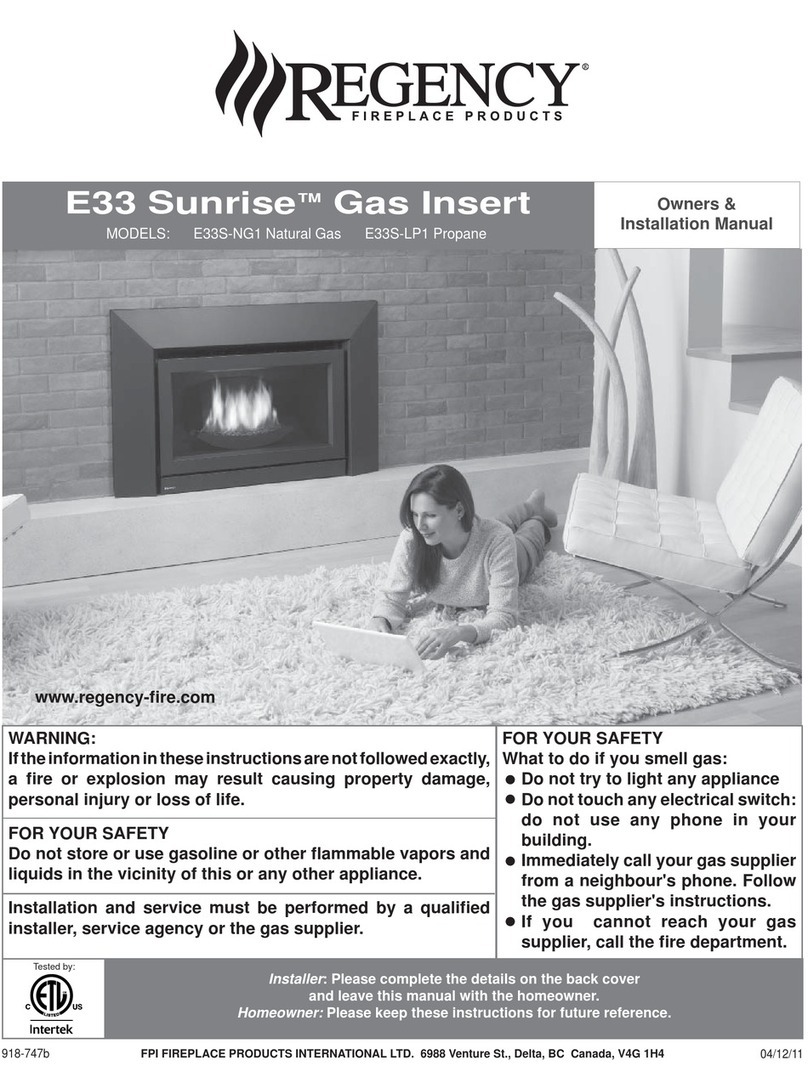
Regency
Regency Sunrise E33S-NG1 Quick start guide
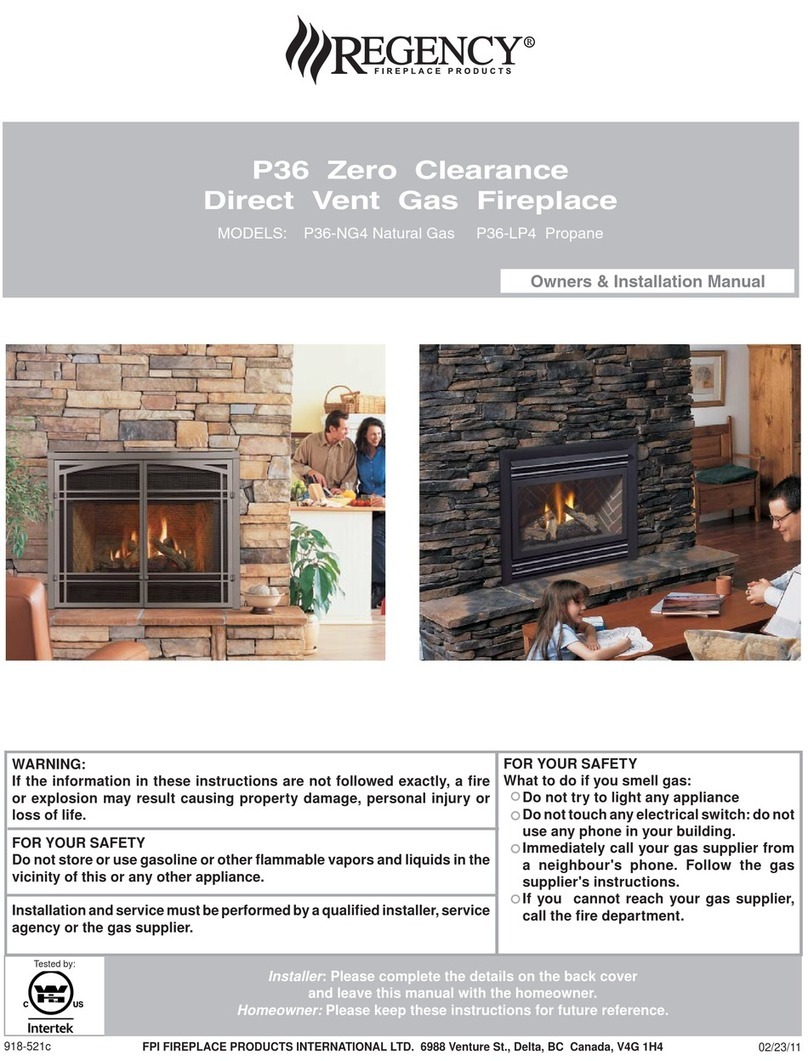
Regency
Regency P36-NG4 Quick start guide
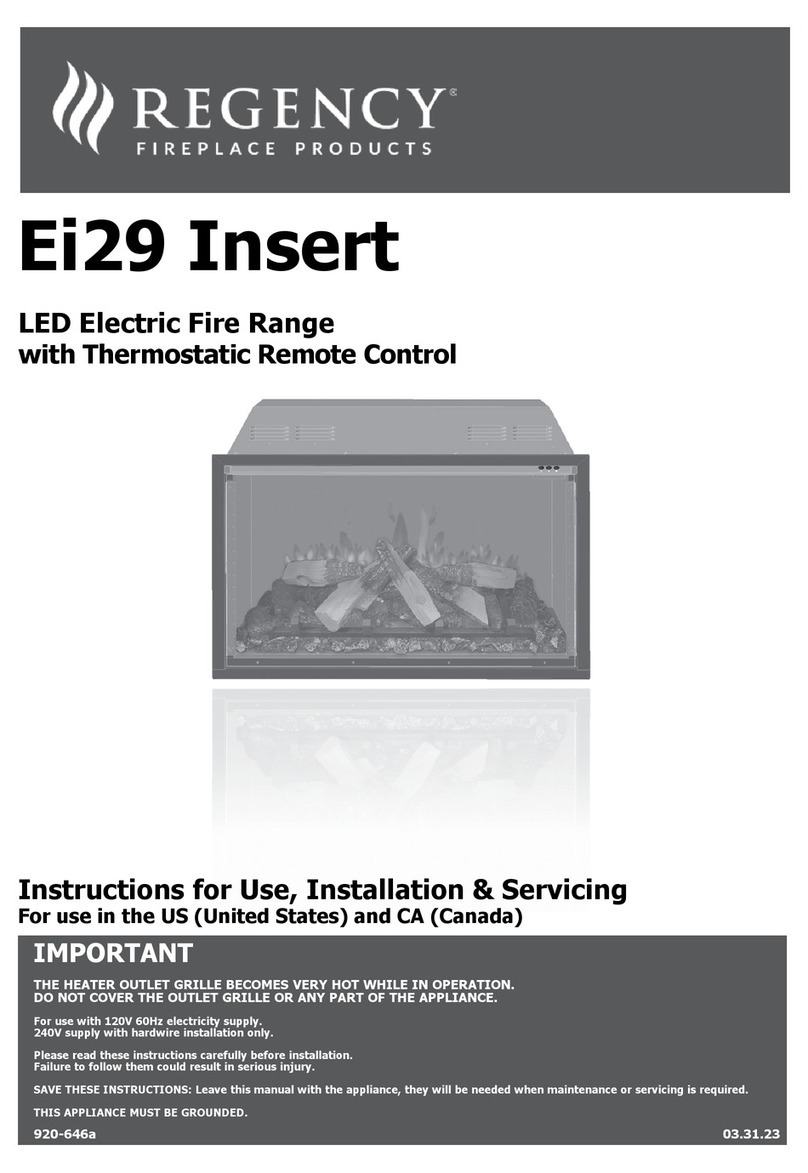
Regency
Regency Ei29 User manual

Regency
Regency CV40E-NG Quick start guide
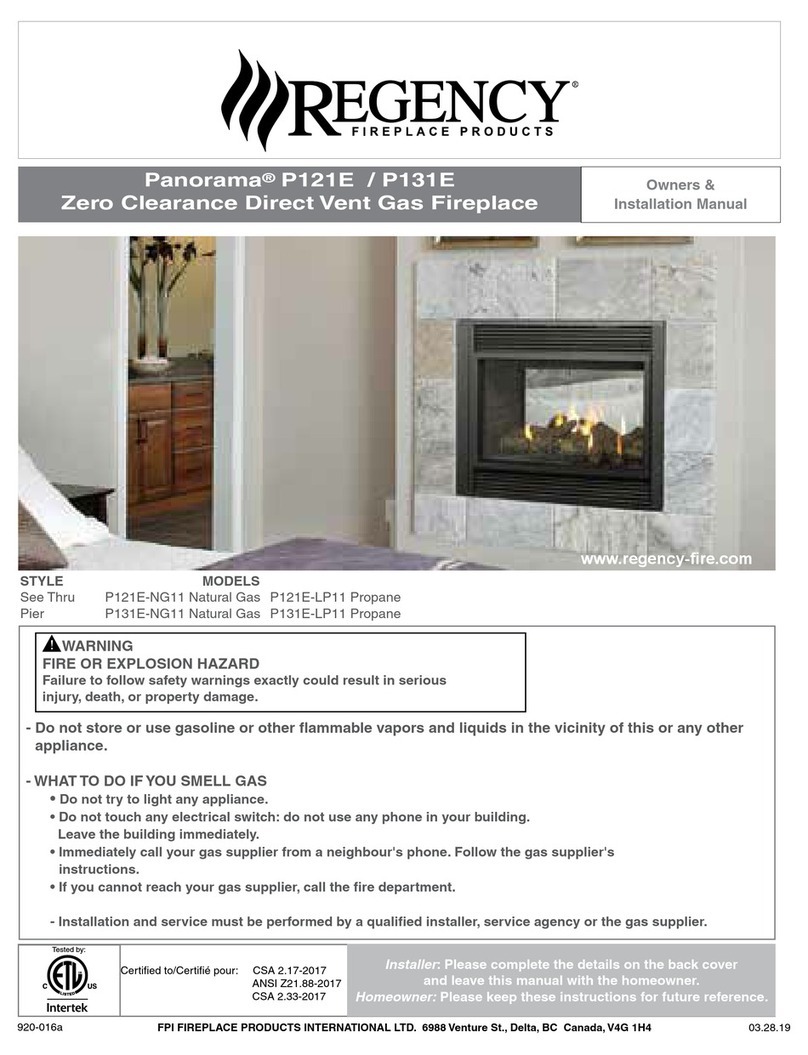
Regency
Regency Panorama P121E-NG11 Quick start guide
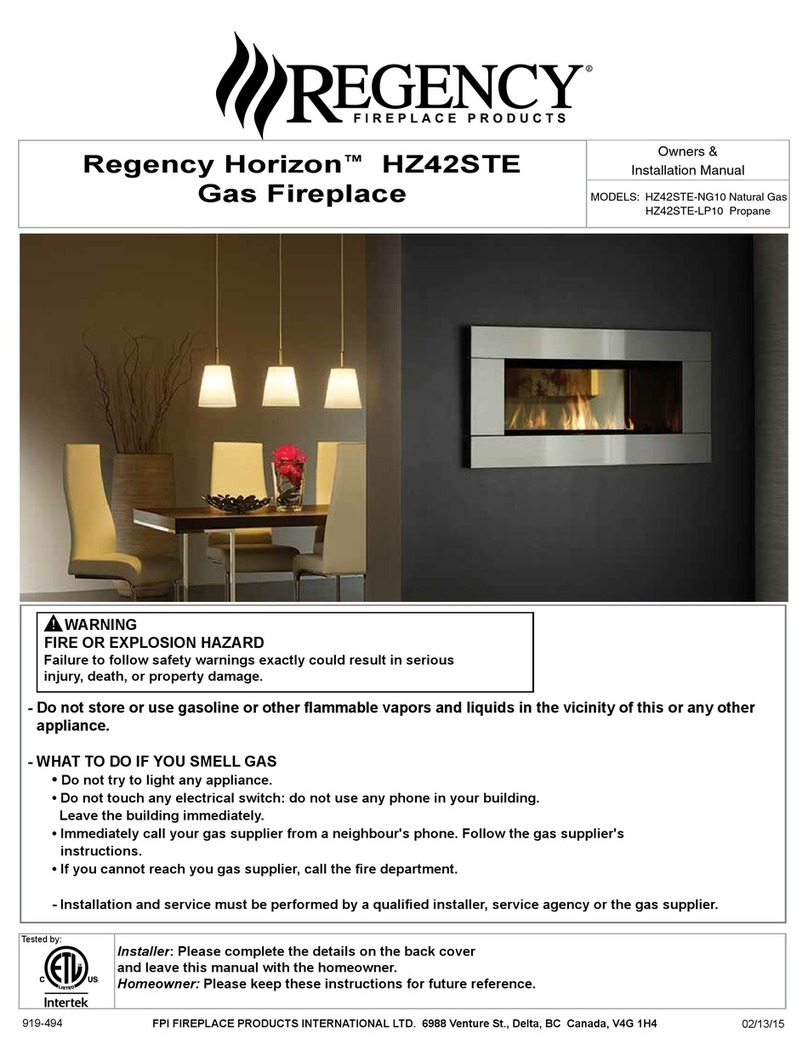
Regency
Regency HZ42STE-NG10 Quick start guide
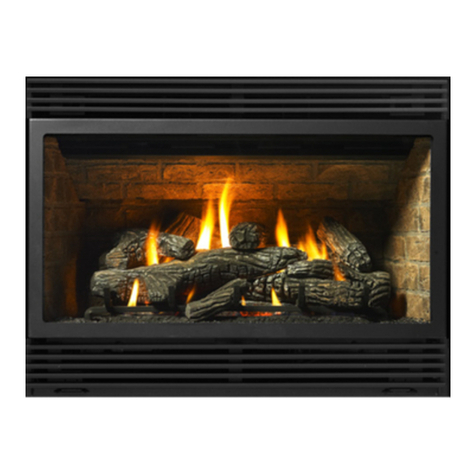
Regency
Regency FireGenie PG36D Quick start guide
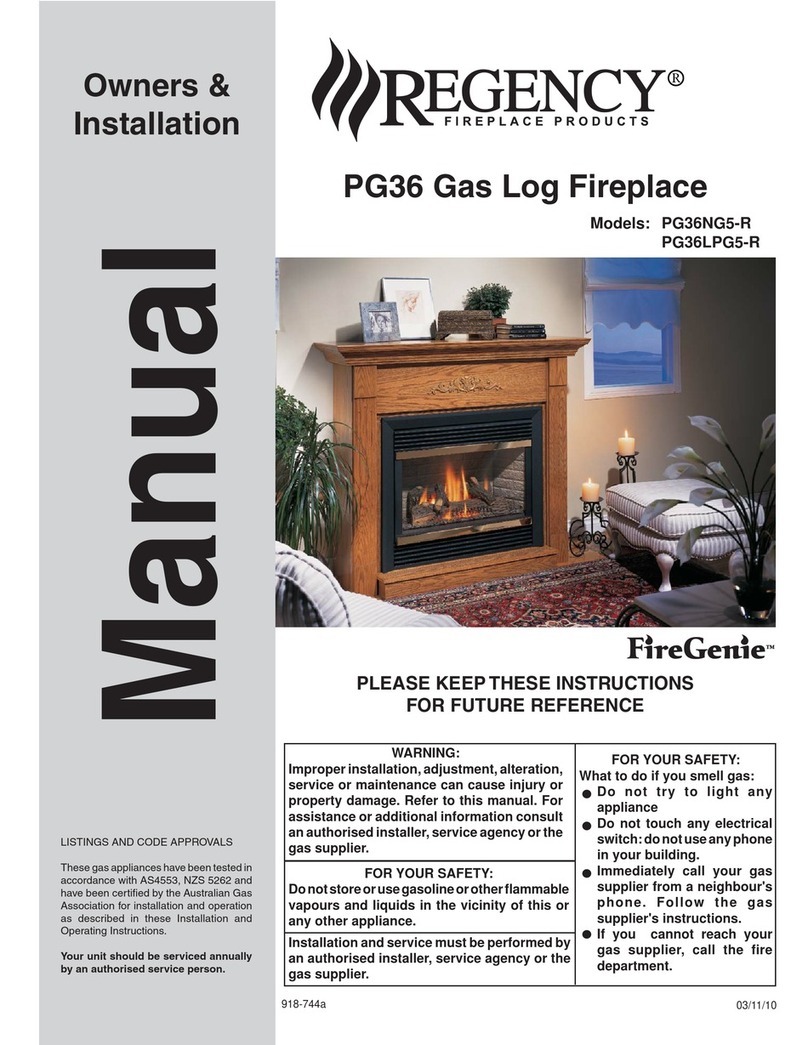
Regency
Regency PG36NG5-R Quick start guide

Regency
Regency GR44-3 and Owner's manual
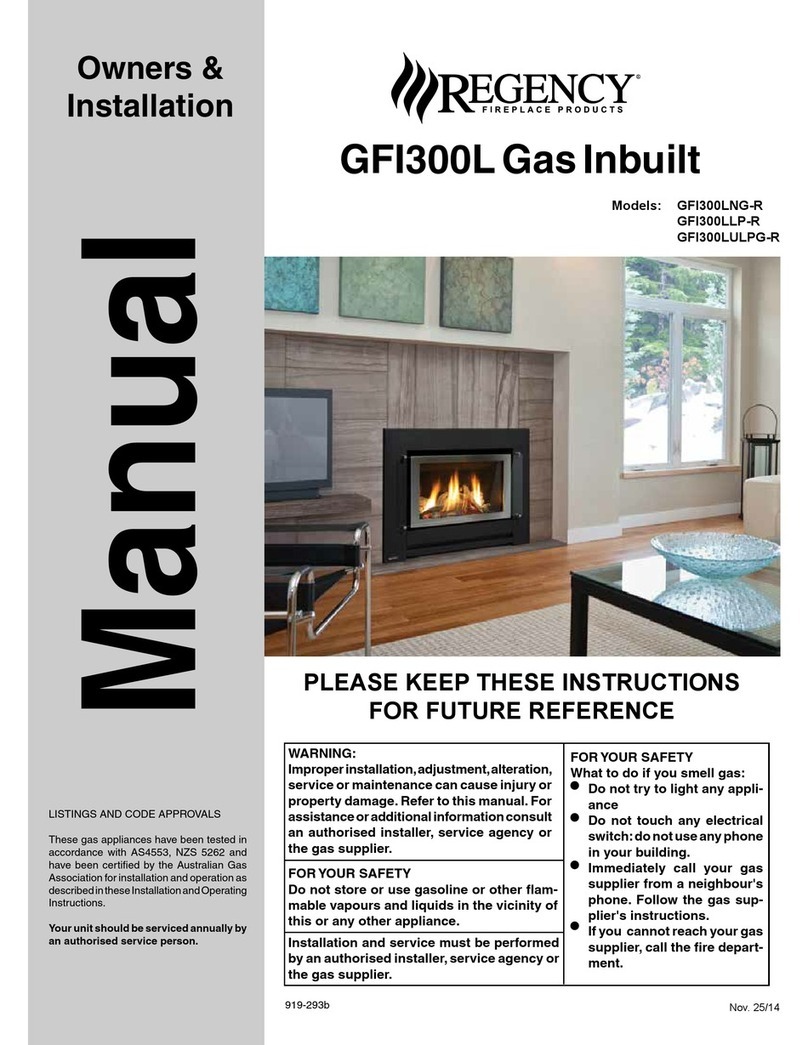
Regency
Regency GFI300LNG-R User manual
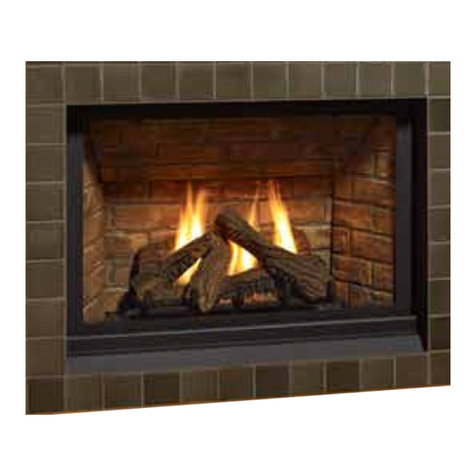
Regency
Regency Panorama P33CE Quick start guide

Regency
Regency U41-LP3 Quick start guide

Regency
Regency E18-NG Quick start guide
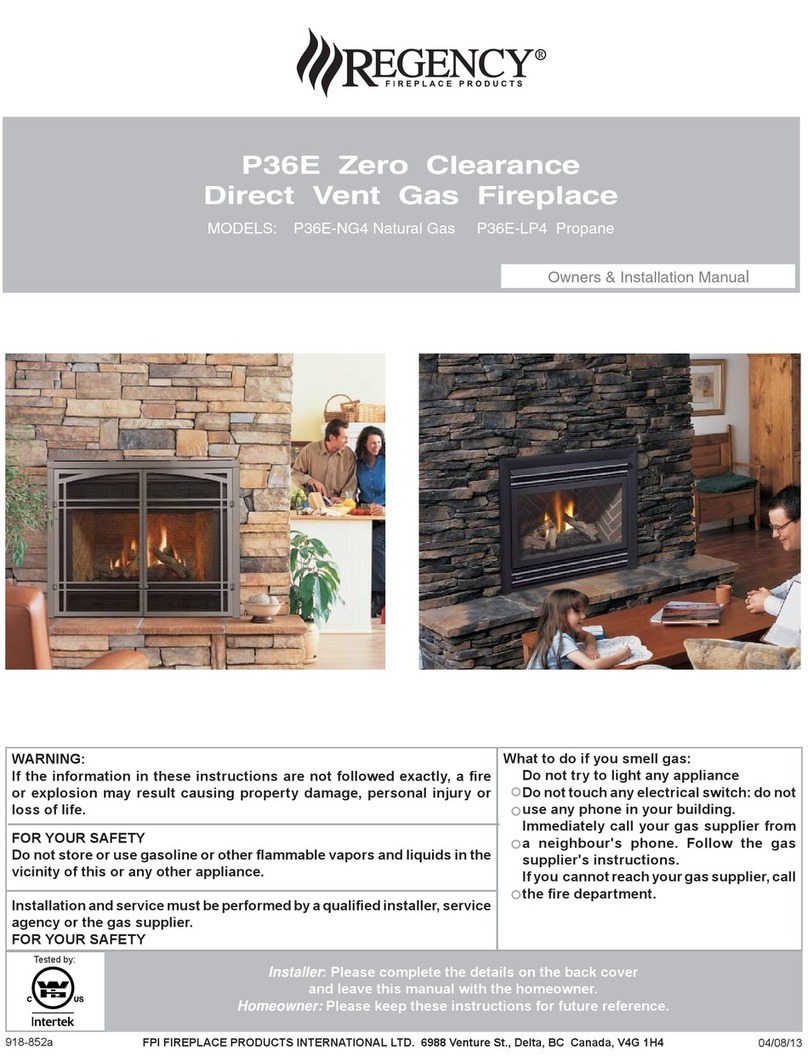
Regency
Regency P36E-NG4 Quick start guide
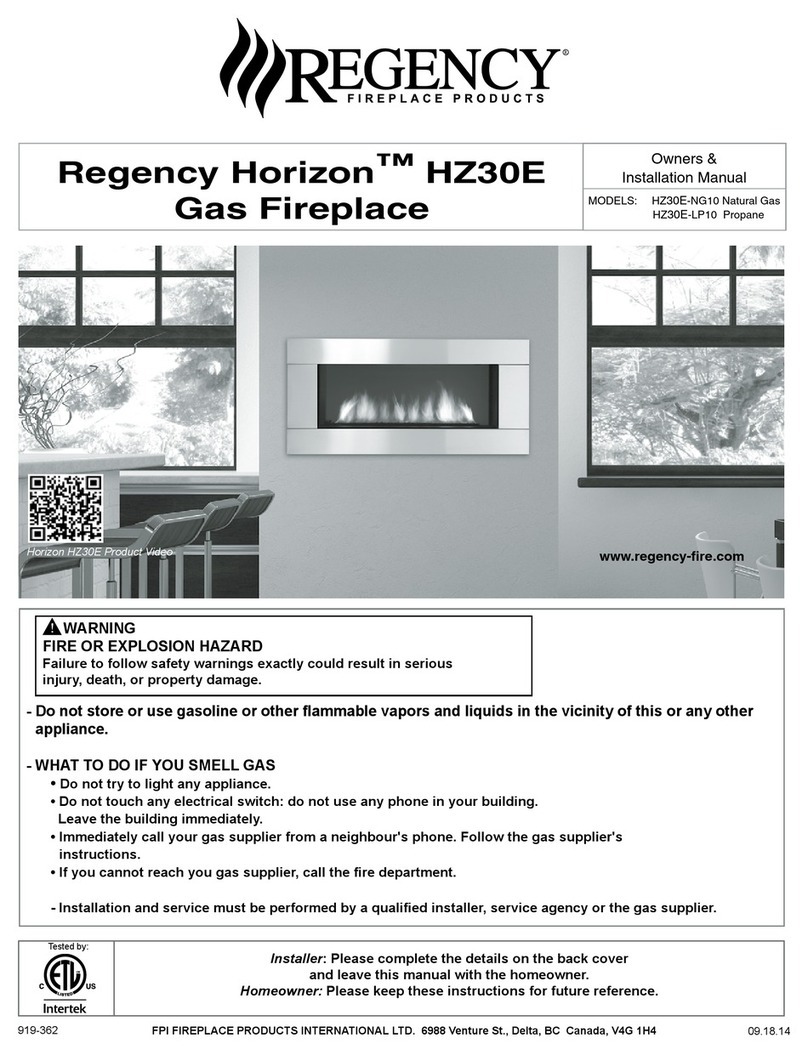
Regency
Regency Horizon HZ30E-NG10 Quick start guide

Regency
Regency Plateau PTO30CFT User manual
Popular Indoor Fireplace manuals by other brands
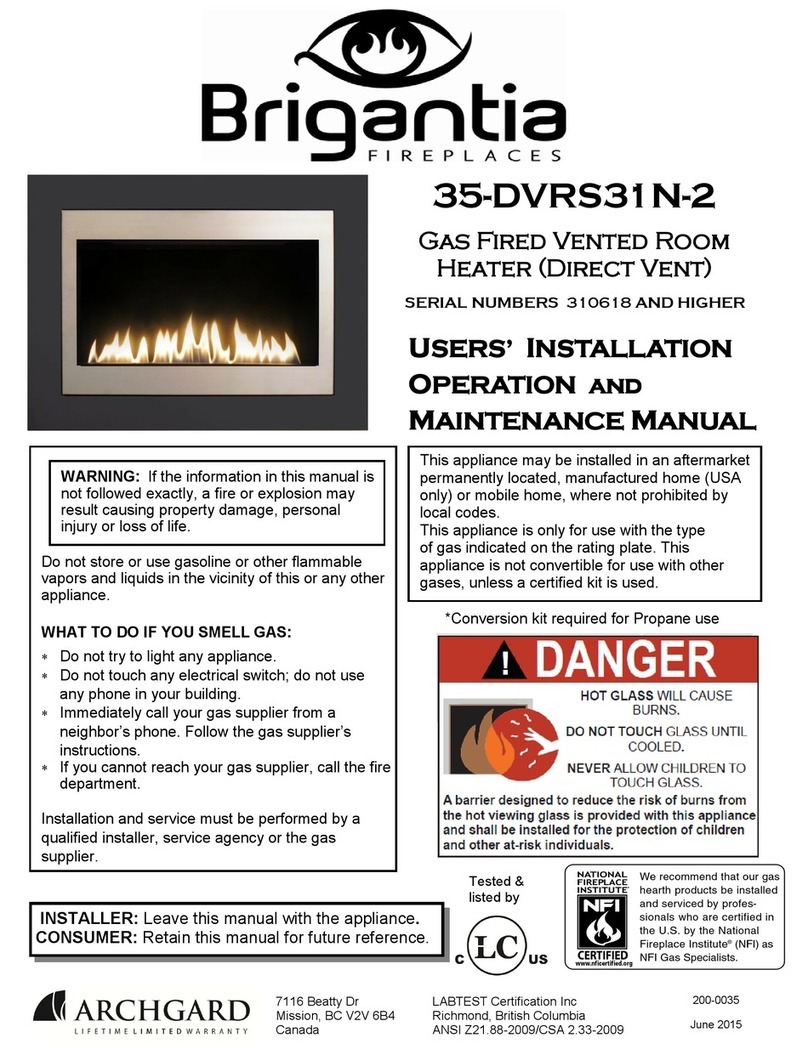
Brigantia
Brigantia 35-DVRS31N-2 User's installation, operation and maintenance manual
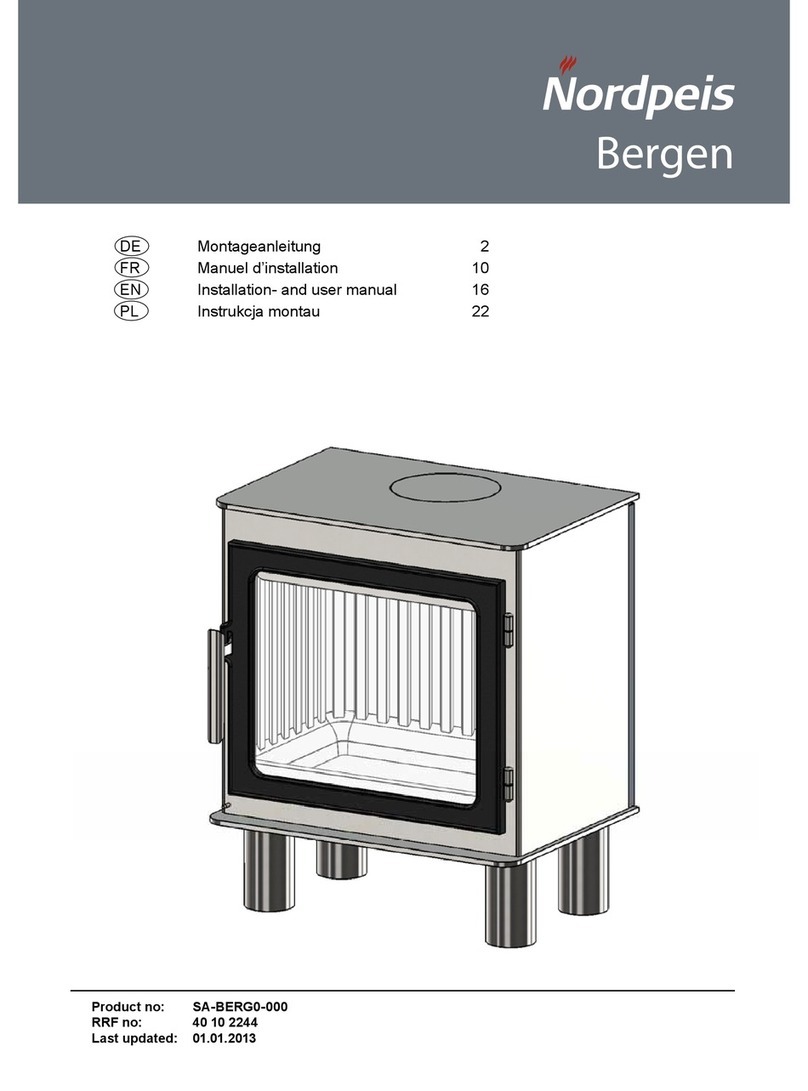
Nordpeis
Nordpeis Bergen Installation and user manual

Superior
Superior BCT2536TMN Installation and operation instructions

Quadra-Fire
Quadra-Fire 5100I-GD-B owner's manual
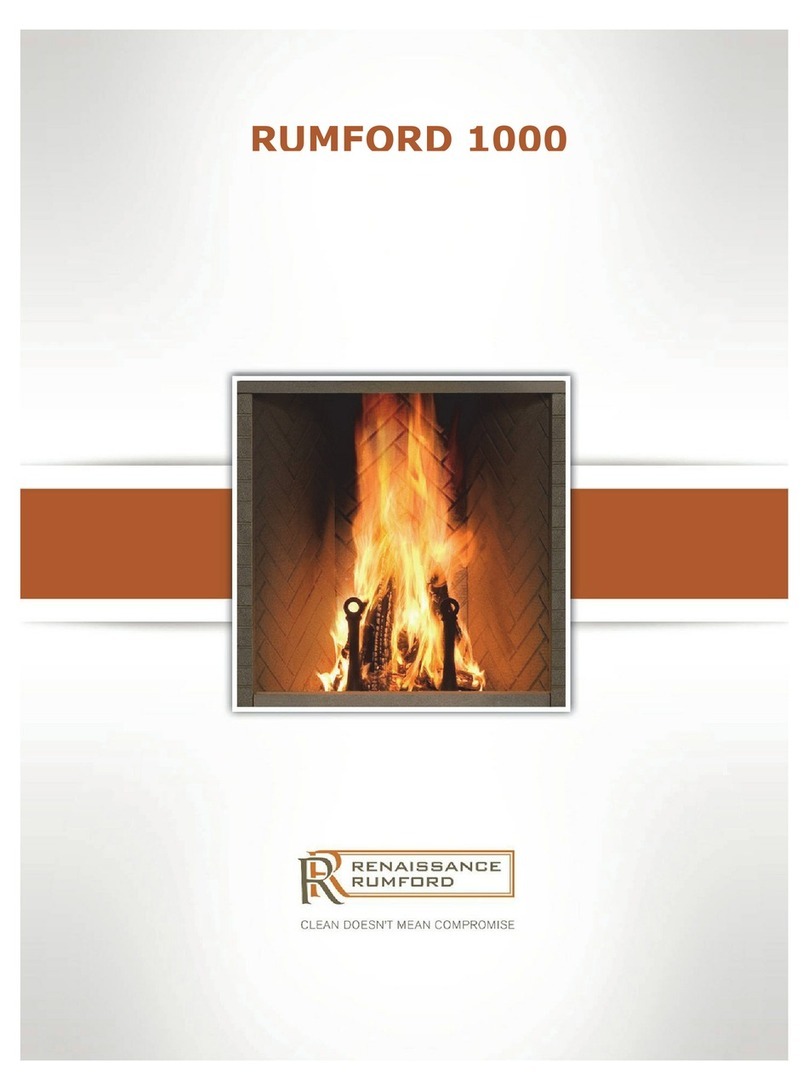
Renaissance
Renaissance RUMFORD 1000 user manual
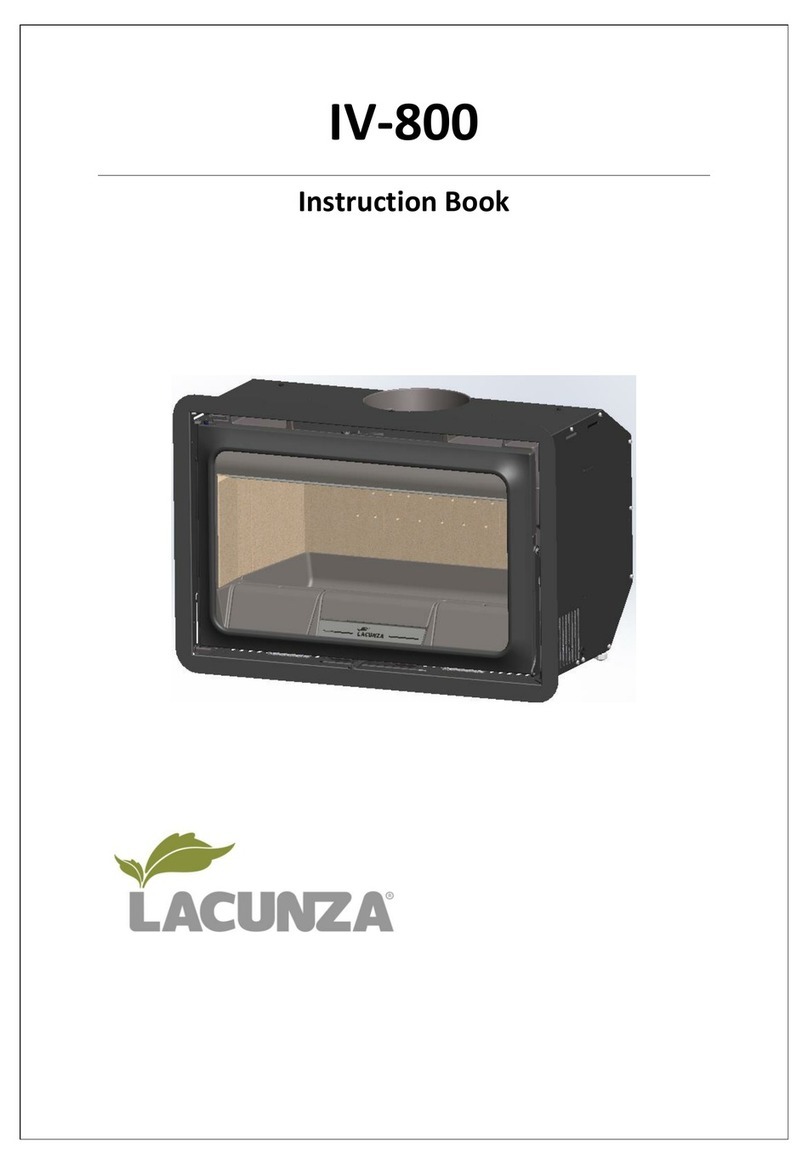
Lacunza
Lacunza IV-800 Instruction book
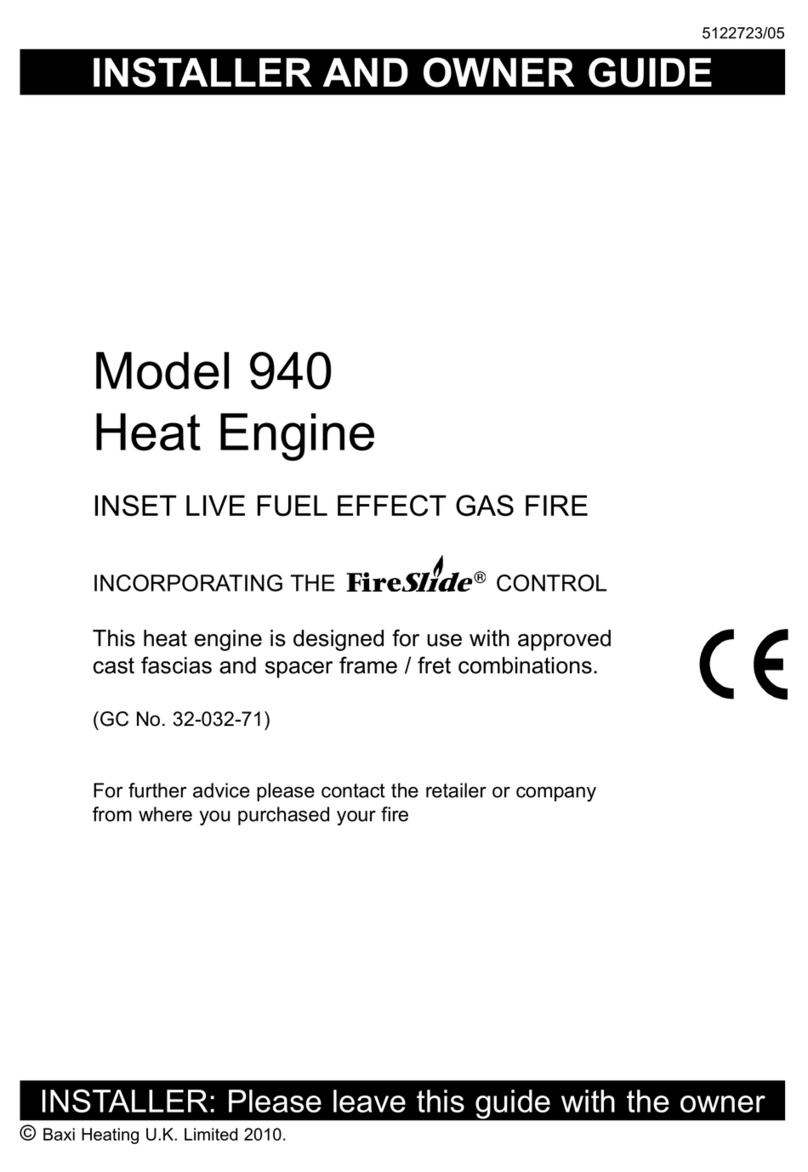
Baxi
Baxi 940 Installer and owner guide
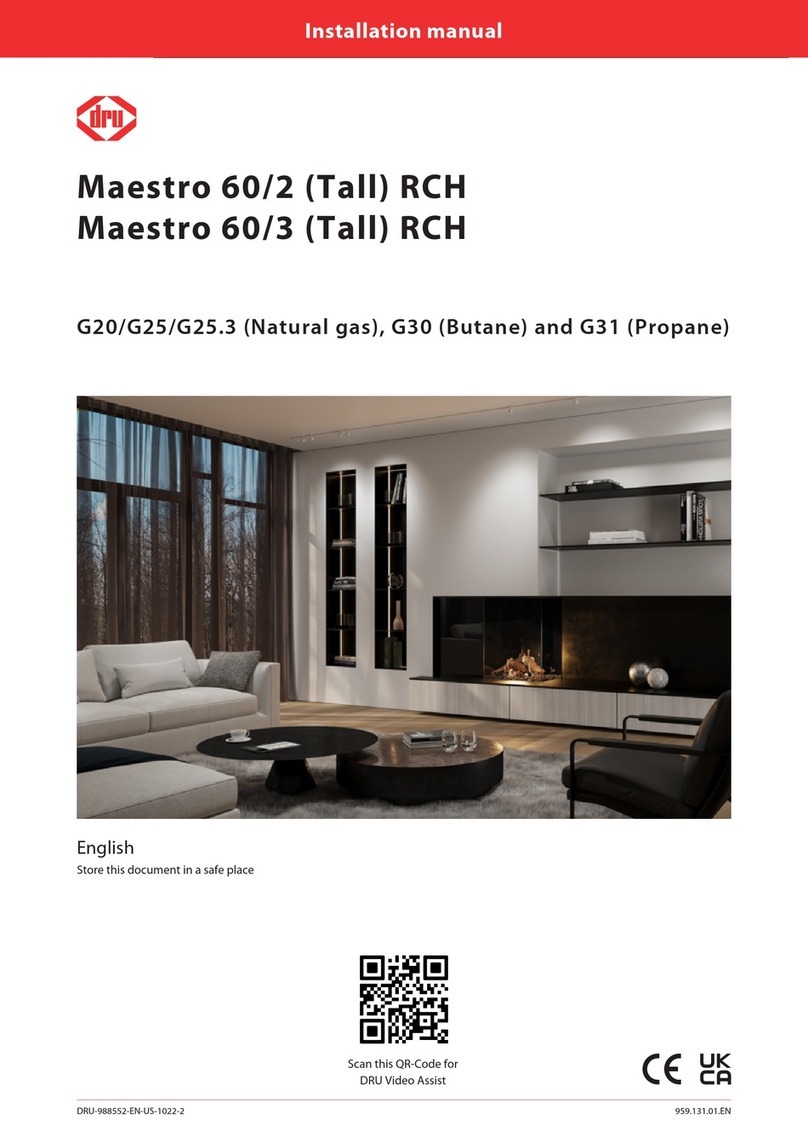
Dru
Dru Maestro 60/2 Tall RCH installation manual
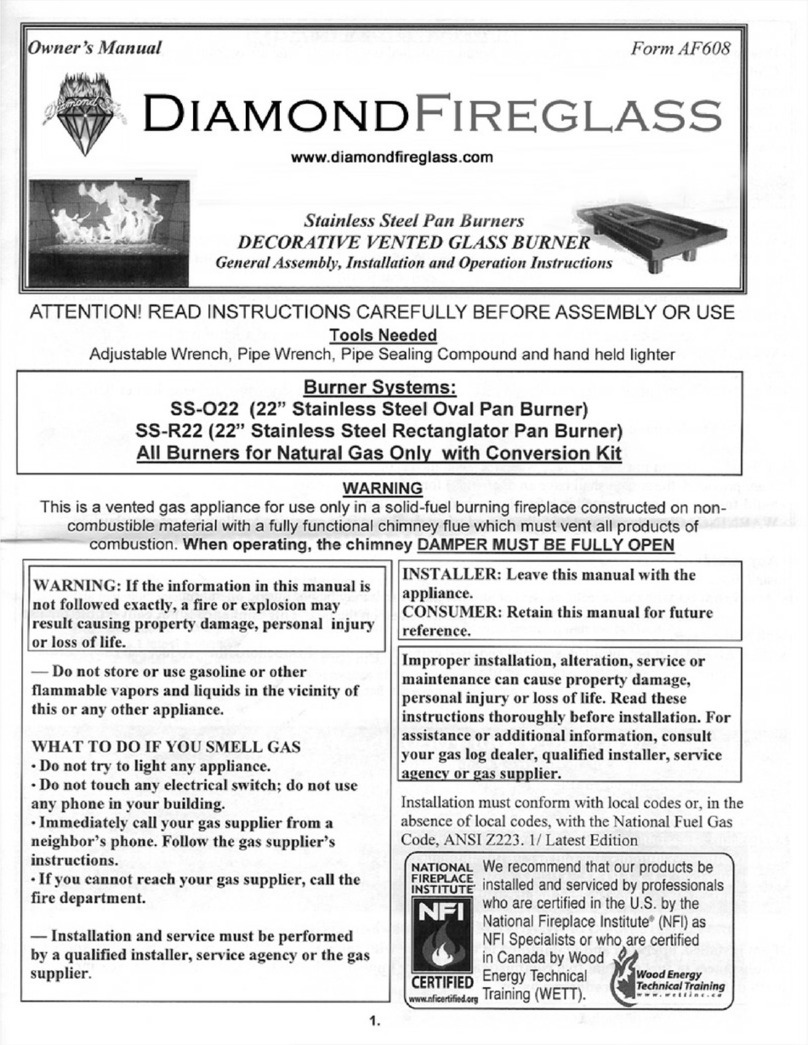
Diamond Fireglass
Diamond Fireglass SS-O22 General assembly, installation, and operation instructions

HearthStone
HearthStone Windsor Bay 8830 Owner's manual and installation guide

Napoleon
Napoleon ASCENT B42 quick start guide
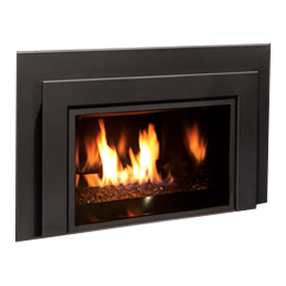
Enviro
Enviro E33GI owner's manual
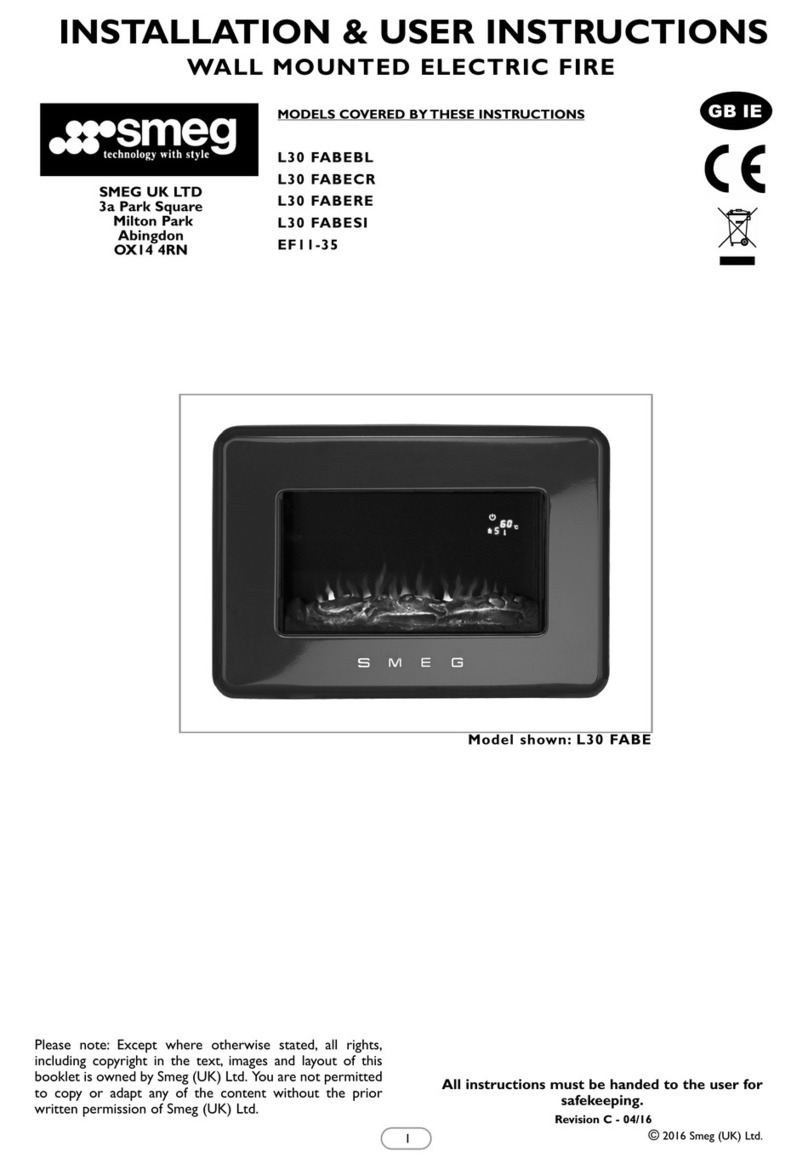
Smeg
Smeg L30 FABE Installation & user's instructions

KEDDY
KEDDY K700 Installation instructions care and firing instructions
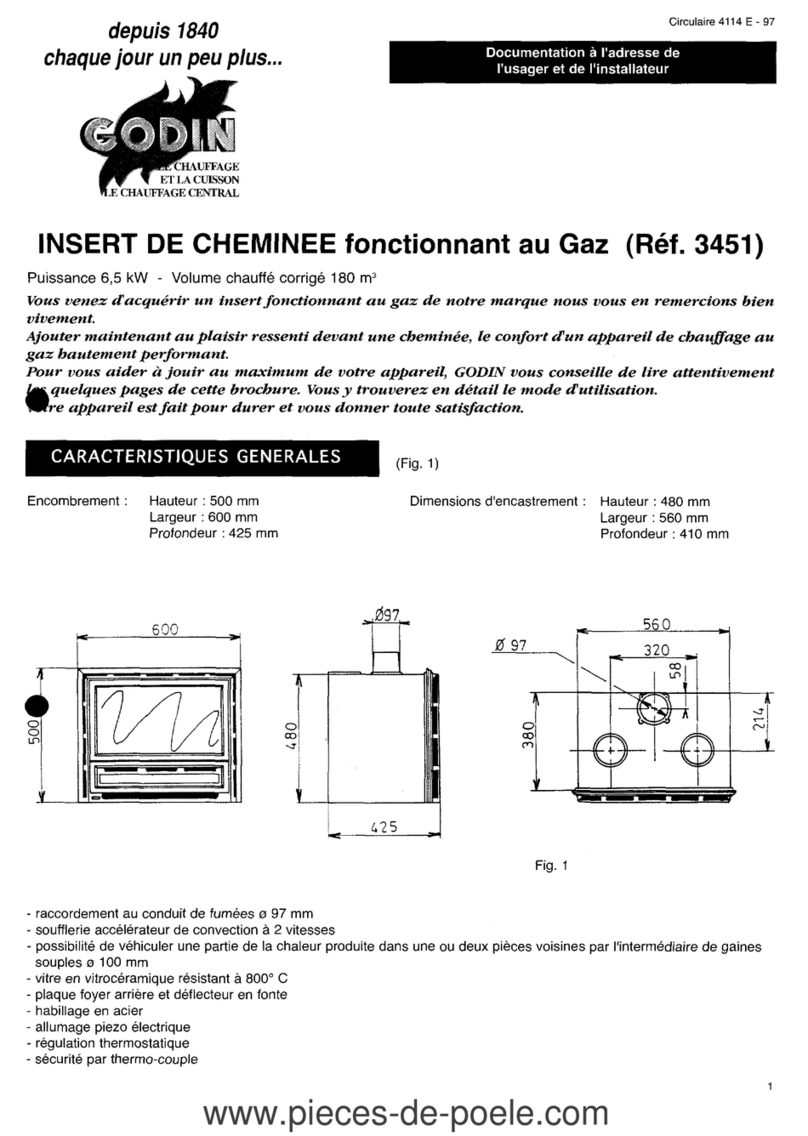
Godin
Godin 3451 manual
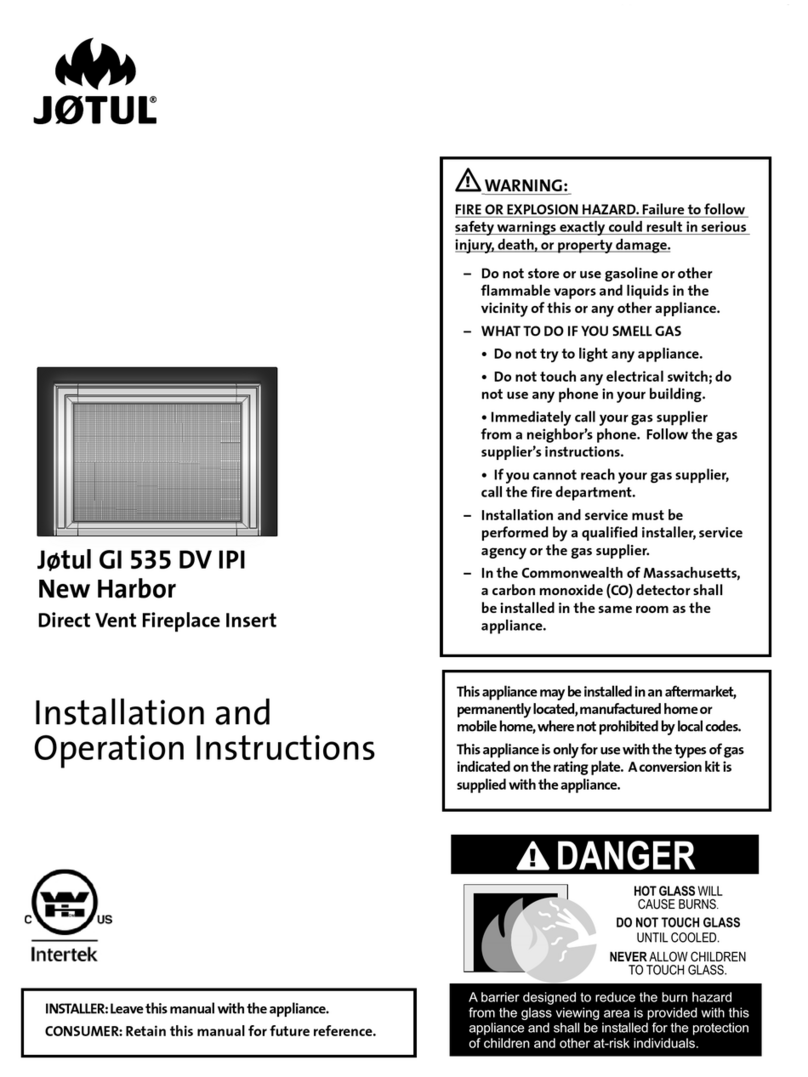
Jøtul
Jøtul Jotul GI 535 DV IPI New Harbor Installation and operation instructions
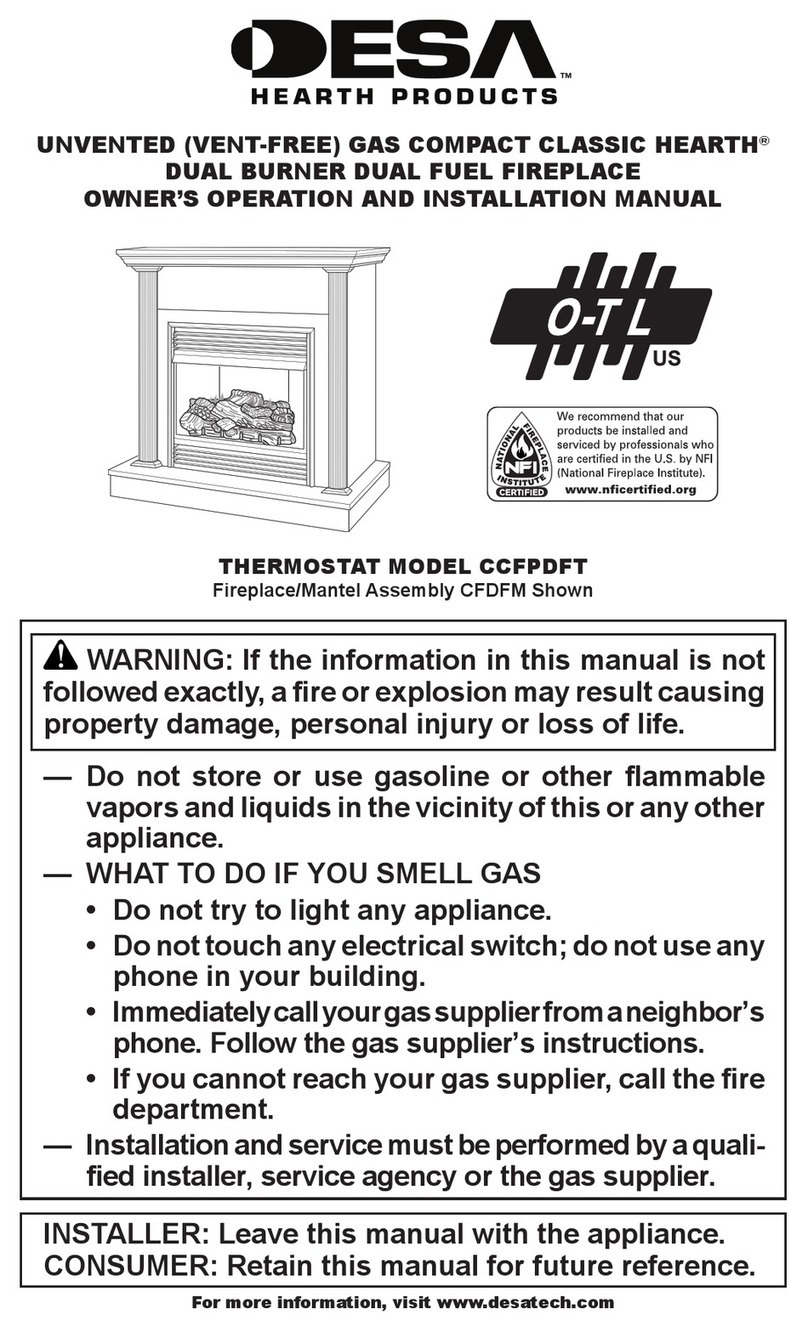
Desa
Desa CCFPDFT Owner's operating & installation manual

Miles Industries
Miles Industries Vogue 1300IRN Installation & operating instructions
